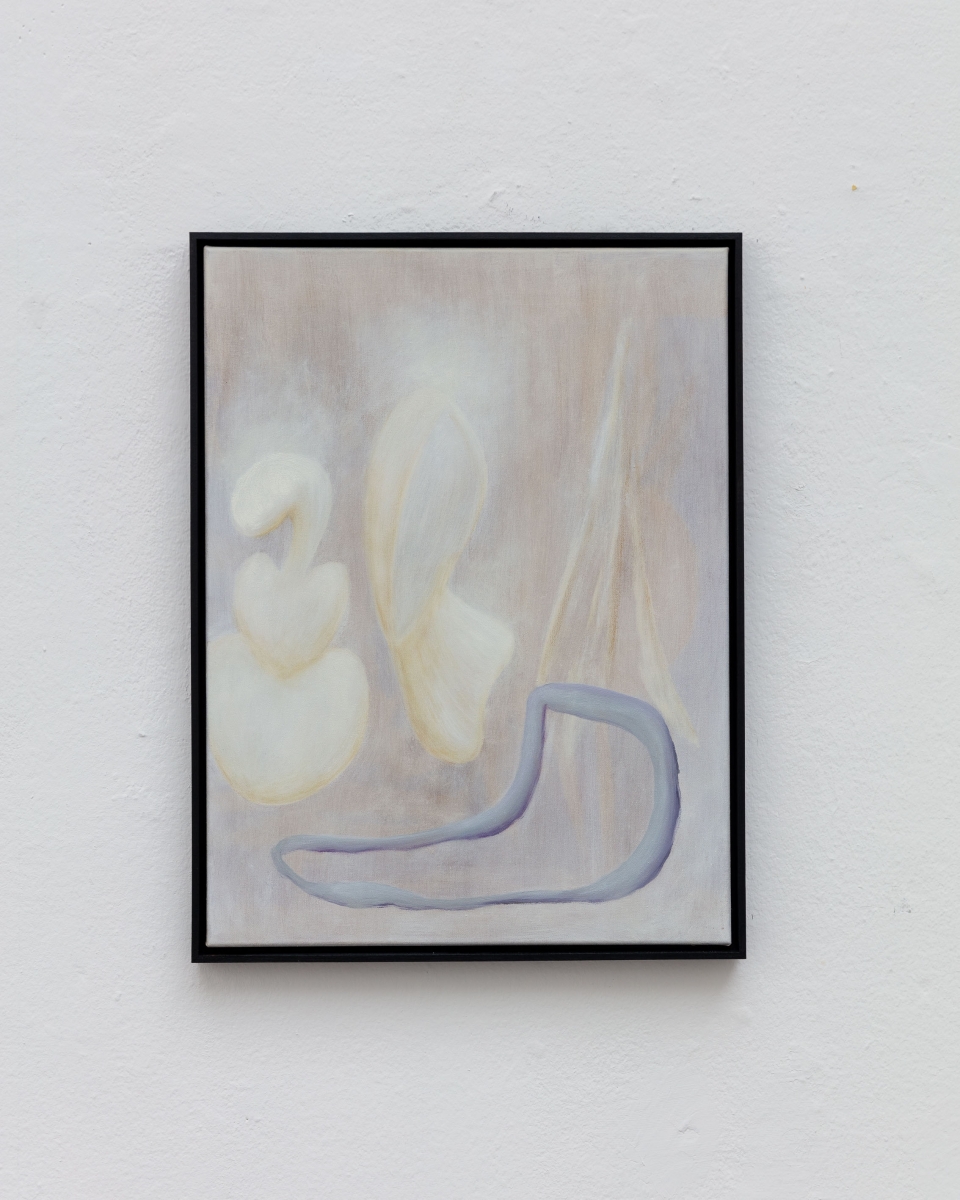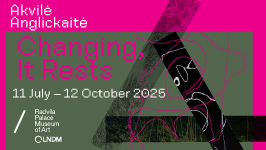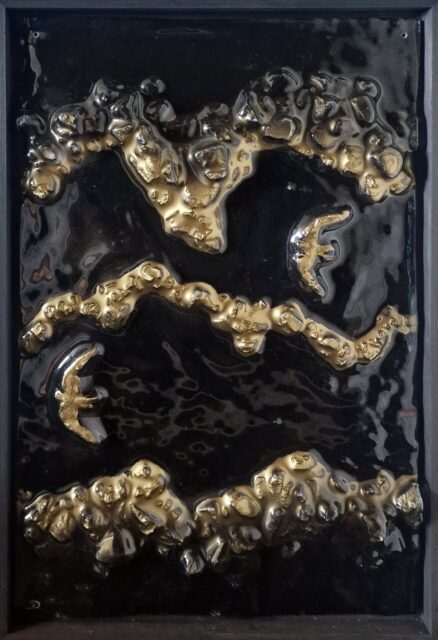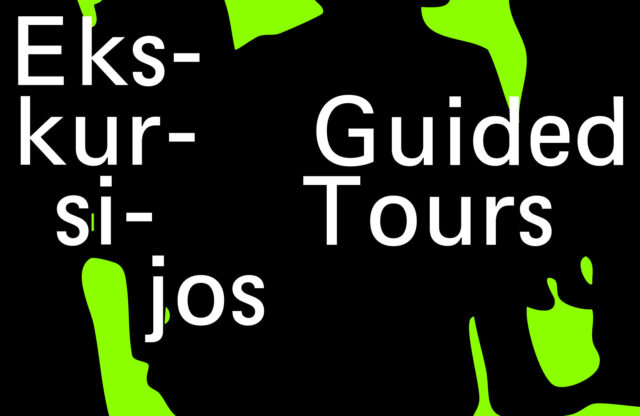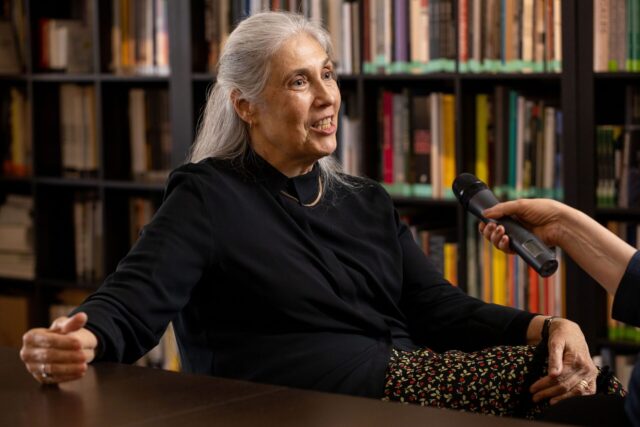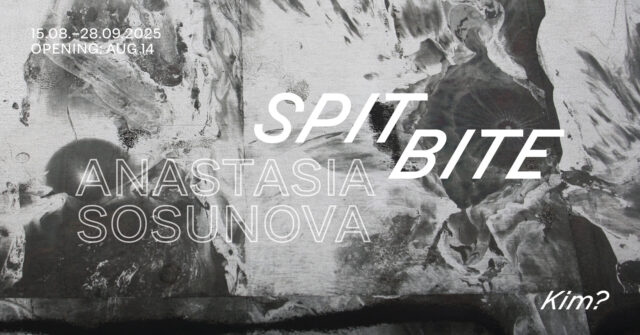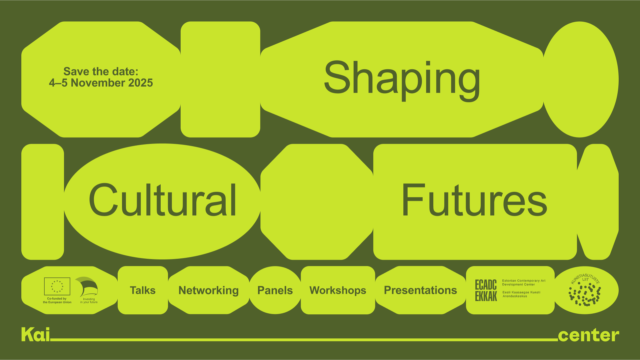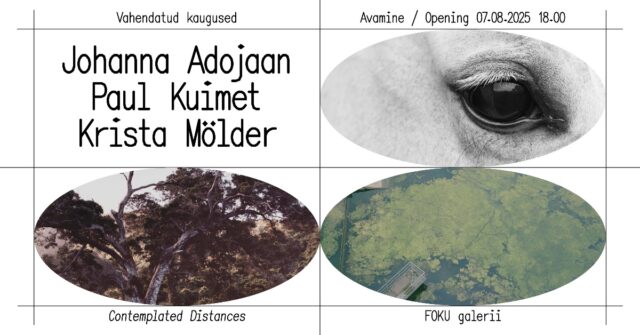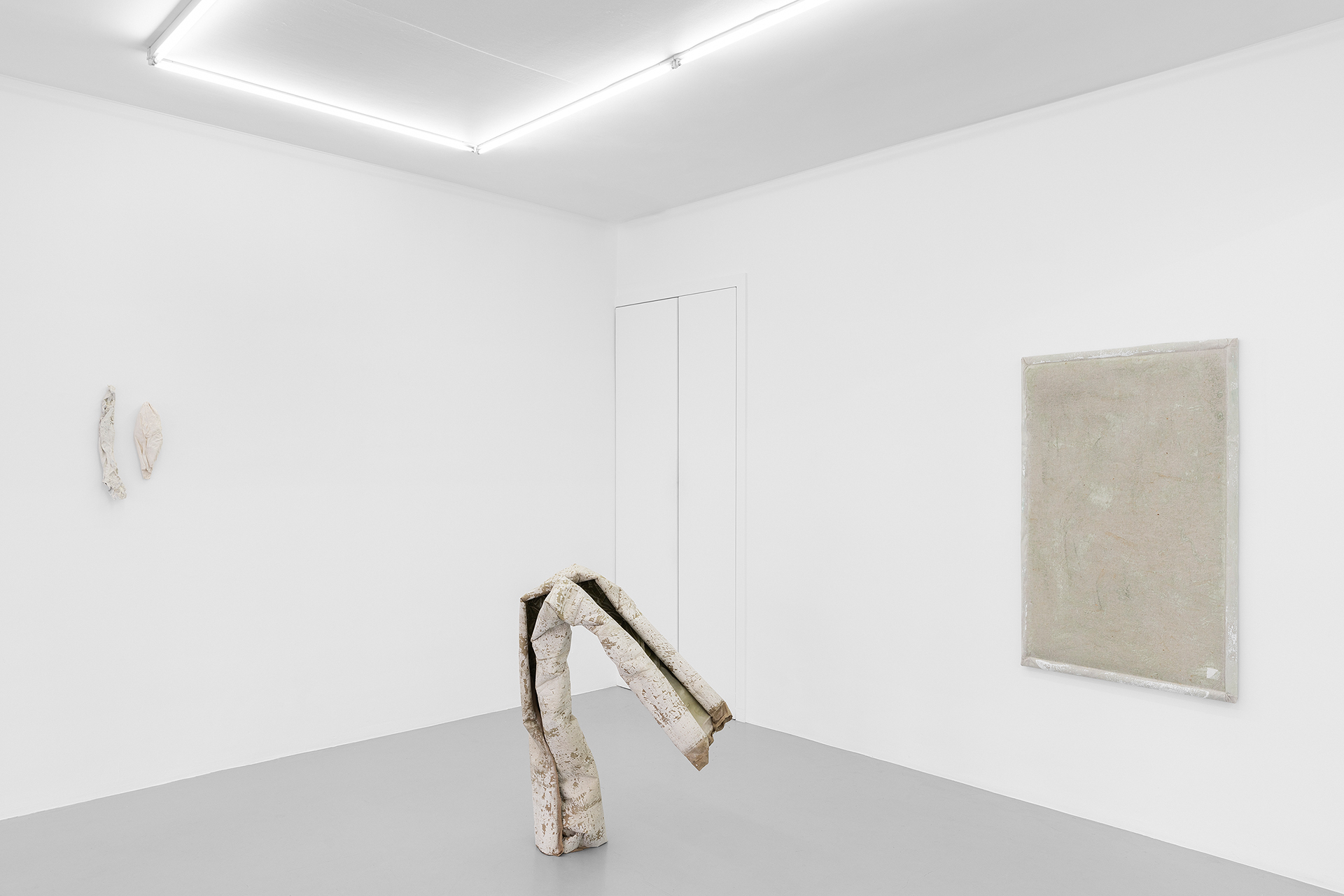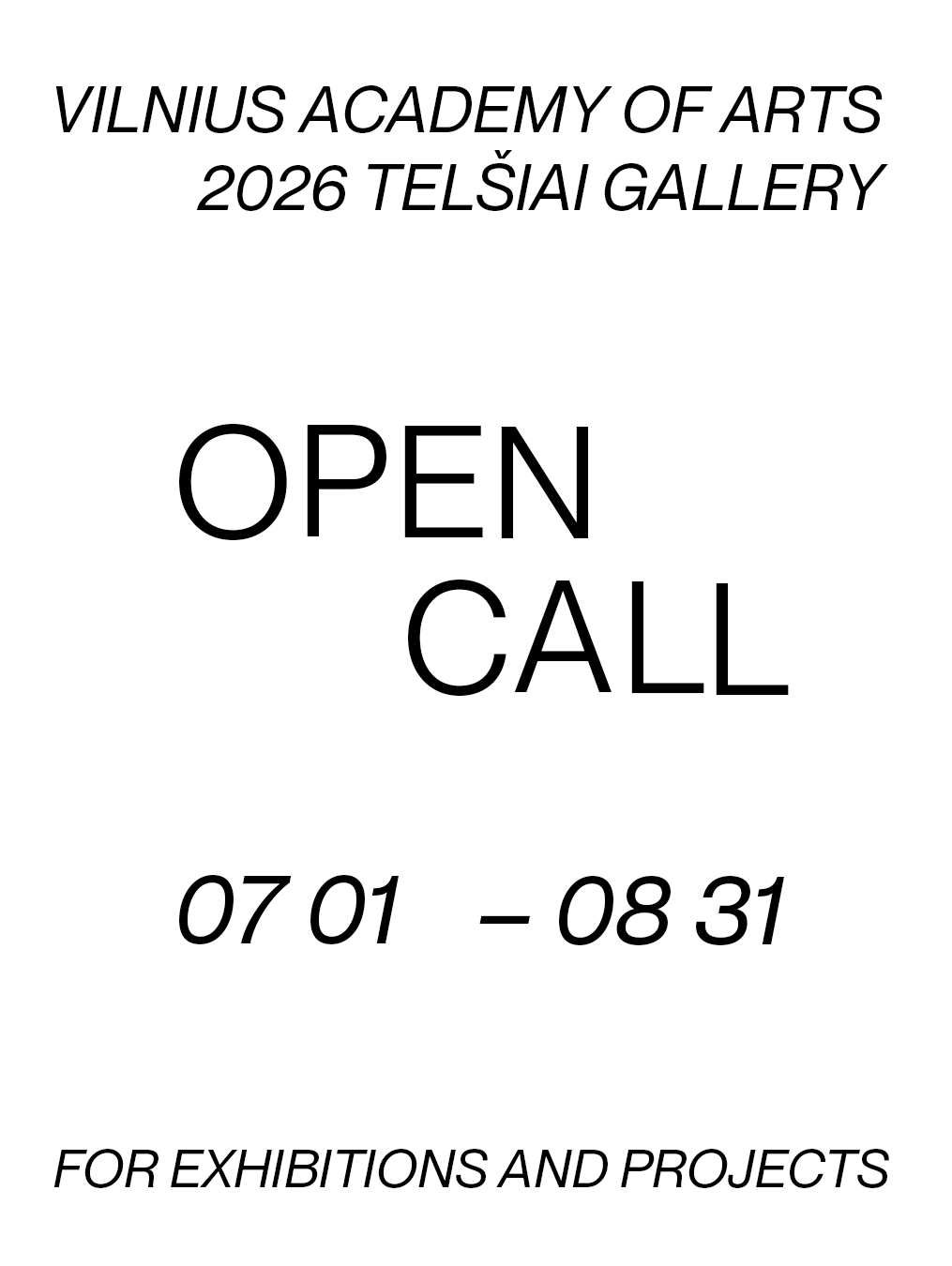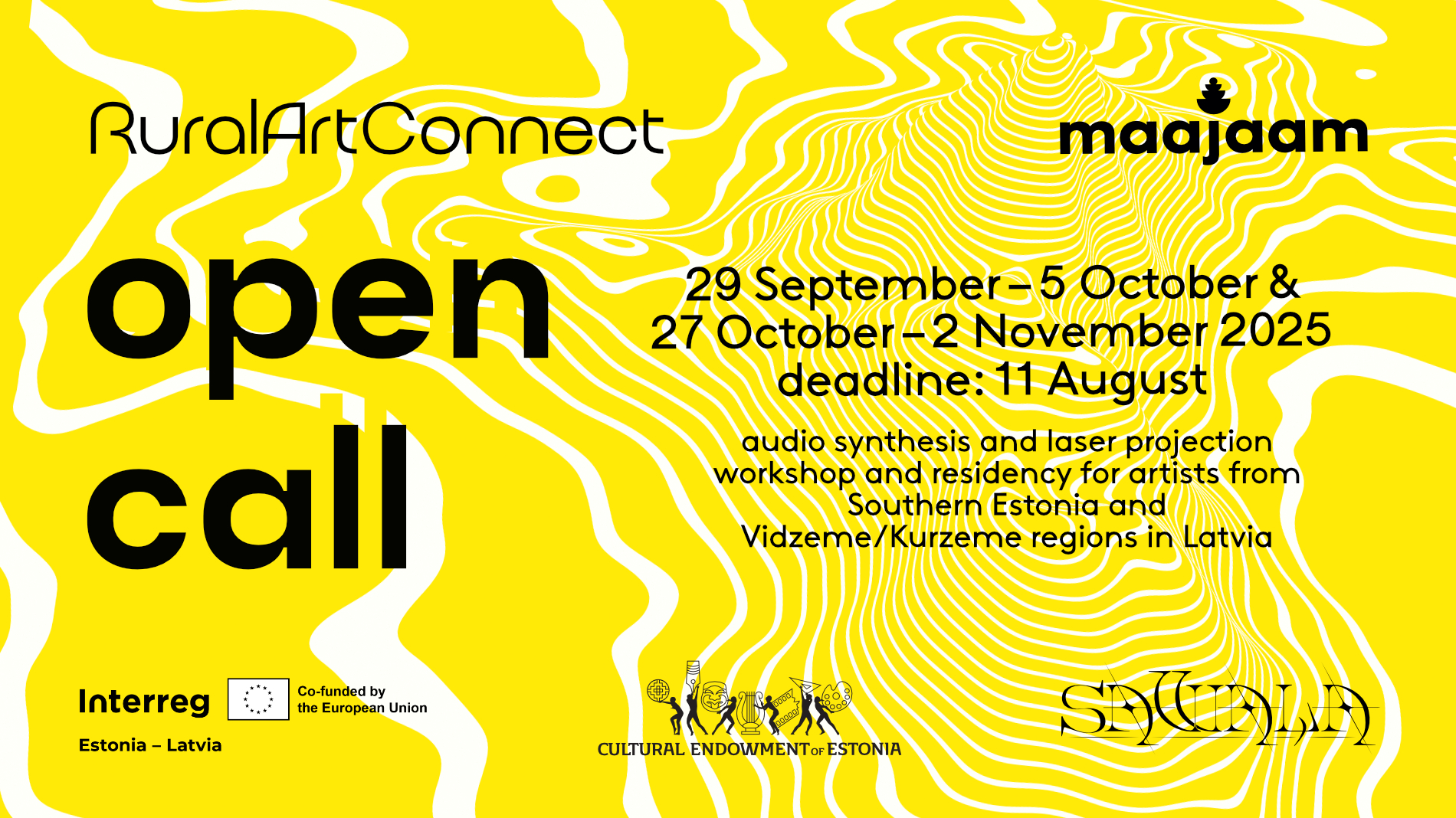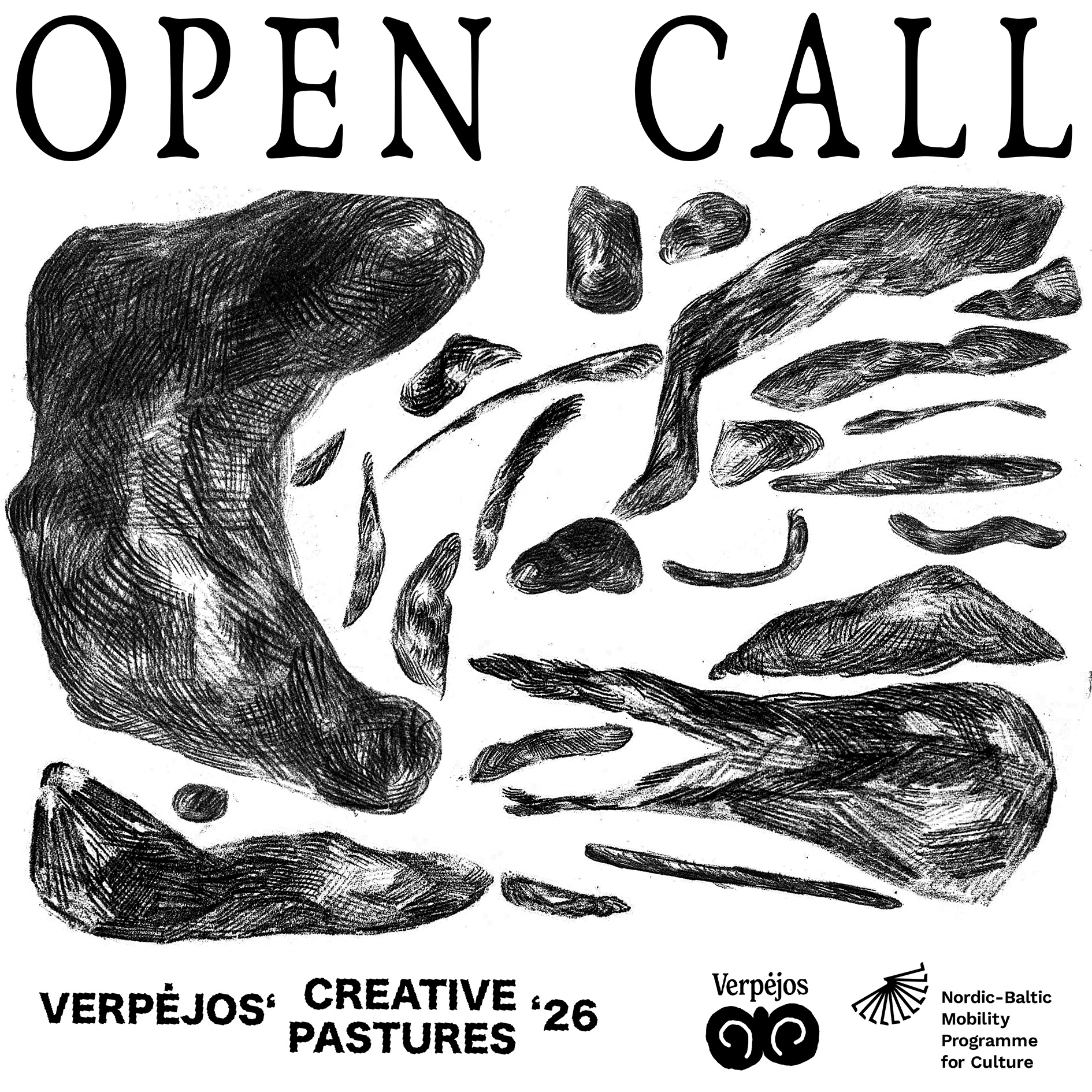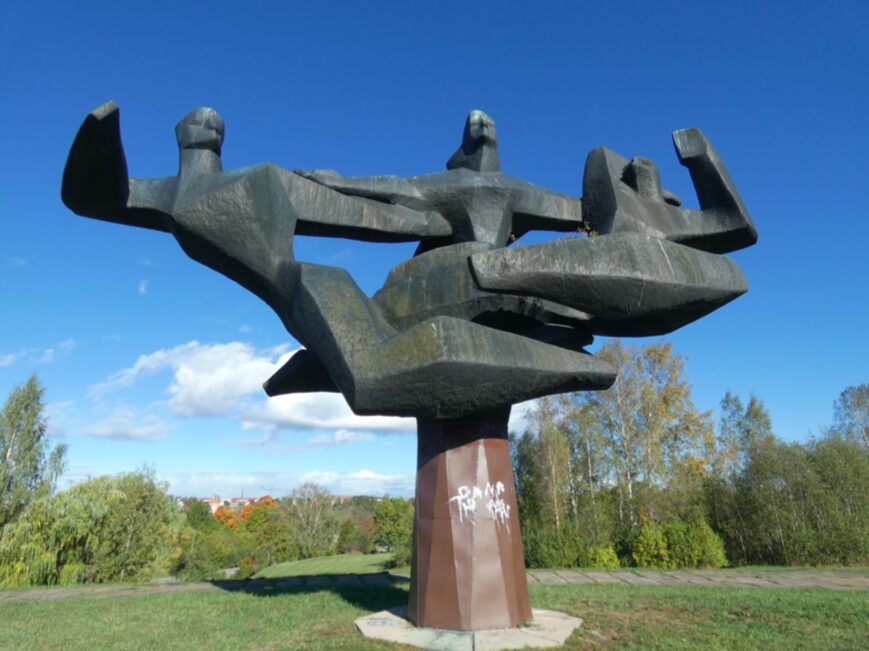The exhibition is part of Kogo Gallery’s this year’s programme Past is the Present.On 1 July at 16–19, the participating artists will be present to discuss with visitors about their contribution to the exhibition. The informal talks will be moderated by curator Jurriaan Benschop. Visitors can walk in any time during the event. The event will be held in English.
The figures in the work of Milla Aska (1993, based in Helsinki) appear to be behind a veil. They do not seem to be fully developed, but rather in the process of becoming visible and tangible. This impression is evoked through Aska’s approach to building up a painting with thin, translucent layers of paint. “My paintings seek shape around themes such as materiality and bodily sensations – for instance, how something feels against the skin, or what warmth feels like. I am intrigued by forms that seem to be something specific but don’t quite reveal themselves.” Aska earned her master’s degree at the Academy of Fine Arts in Helsinki in 2020. She has had solo exhibitions at Titanik Gallery in Turku (Warmth on a Chair, 2019) and as part of the Aine Art Museum exhibition project “Lapin Kullanmurut” in Tornio (Vene ja soutaja, 2021), both in Finland.
The paintings of Veronika Hilger (1981, based in Munich) combine elements of landscape, still life, and portrait. Hilger is a specialist in ambiguous figuration. The shapes in her paintings have a familiar, often organic touch but are not specific enough to name. The artist presents them on an elementary level, stripped of detail. As a result, the forms have a dynamic appearance: a foot could be a leaf, a leaf could be an animal, an animal could be a stone. “The organic is something that you can easily dock onto as a human, and that creates a kind of identification potential,” the artist notes. Hilger combines painting with small-scale sculptures. She is represented by the Sperling Gallery in Munich. An extensive monograph of her work was released in 2021 by the Verlag für Moderne Kunst.
In the works of Paula Zarina-Zemane (1988, based in Riga), the distinction between human and the environment is blurred. The works oscillate between abstract compositions formed through clouds of colour, and more concrete outlines of landscapes. The human figure may appear small, or simply as a faint shape or a dot of paint rather than a clearly defined drawing. The paintings are usually the result of a fast process, and they evoke a sense of speed through traces left by the brush. Yet the reduced composition also sets a reflective mood. “I am trying to get the result in one go,” the artist notes. “It’s a fragile process. If something does not work out straight away, then I clean it up and start again.” Recent solo exhibitions have taken place at Maksla XO (Changes, 2021) and at Careva Contemporary (One as Another, 2018), both in Riga.
The opening of the exhibition will be on 30 June at 18–20 in Kogo Gallery, situated in Widget Factory (Aparaaditehas) in Tartu, Kastani 42. The exhibition is open for visitors 1 July – 27 August, Wed–Fri at 13–19, Sat at 13–18.
The exhibition is supported by the Finnish Institute, the Germany Embassy in Estonia, the Cultural Endowment of Estonia and the City of Tartu.
Jurriaan Benschop is a Dutch writer, art crtic and curator based in Berlin. Currently, he is working on a book Why Painting Works which will be published in 2022 in Dutch and English. For Artforum magazine, he has reviewed more than 70 exhibitions, further reviews, interviews and essays have been published in HART, DAMN, Elephant and Tagesspiegel as well as in numerous exhibition catalogs and books. Among the exhibitions he curated are Taking Root (2019–20) at KIT Düsseldorf, Content is a Glimpse (2018–19) at Efremids Gallery Berlin, Re: Imagining Europe (2017) at Box Freiraum and A Matter of Touch (2020) at Torstrasse 111 in Berlin. As a visiting lecturer, he regularly travels to art schools in Europe and the USA, for lectures, studio visits and to conduct writing workshops. www.jurriaanbenschop.com
